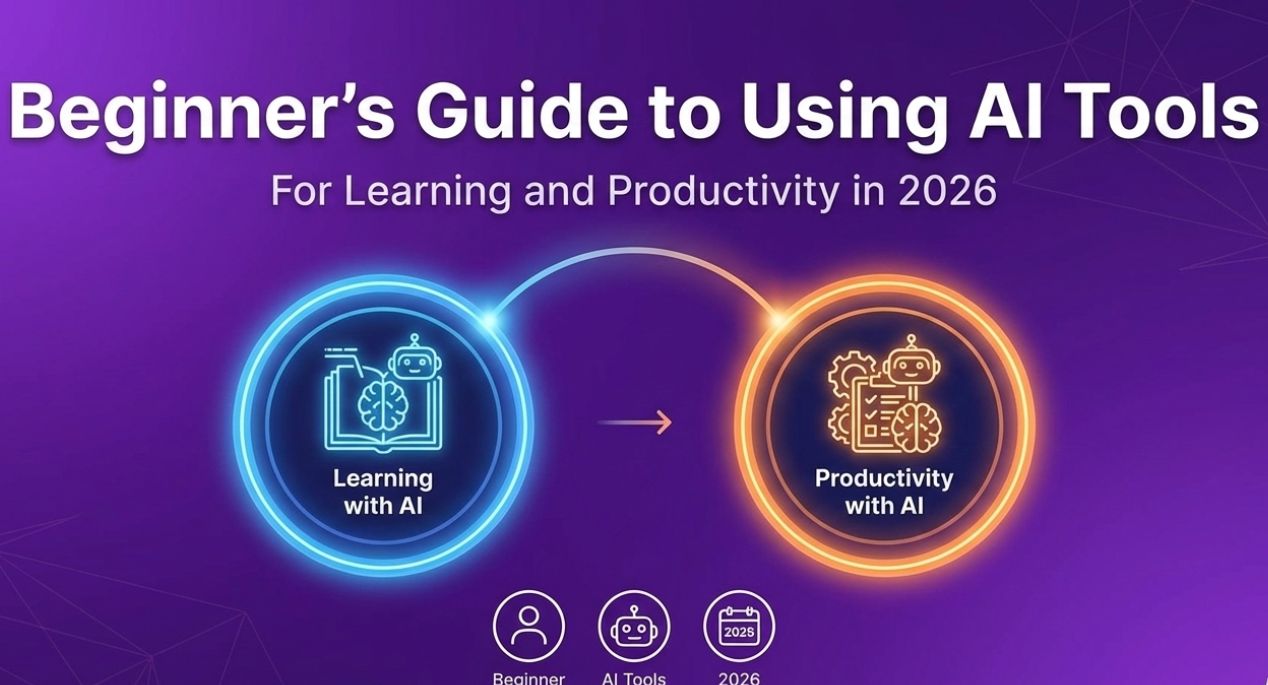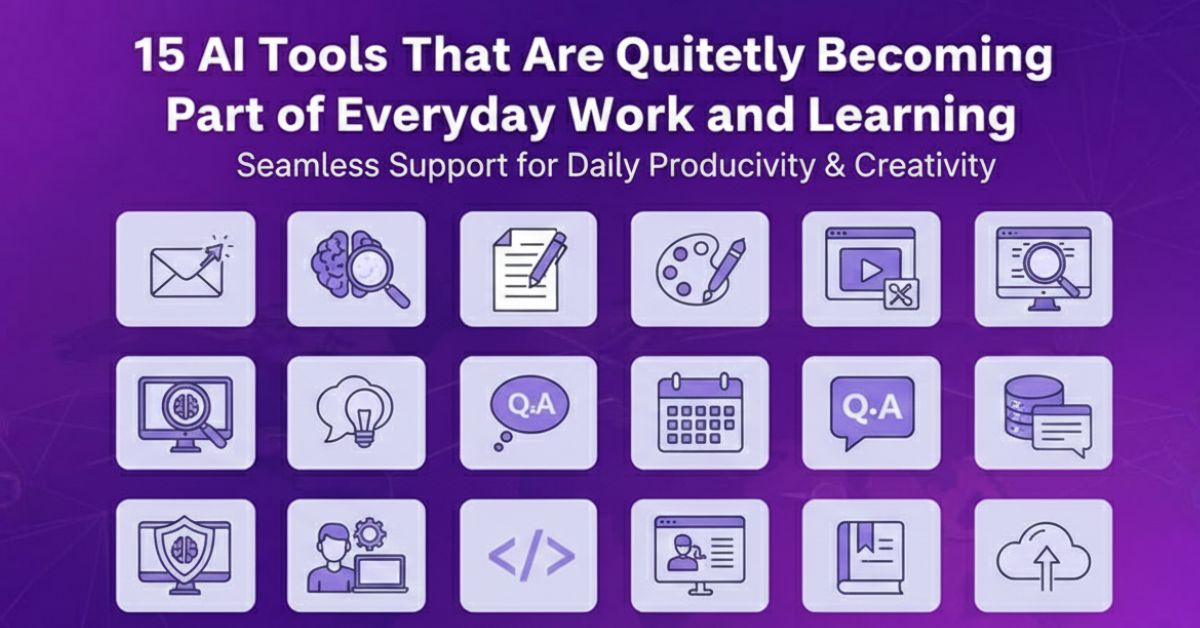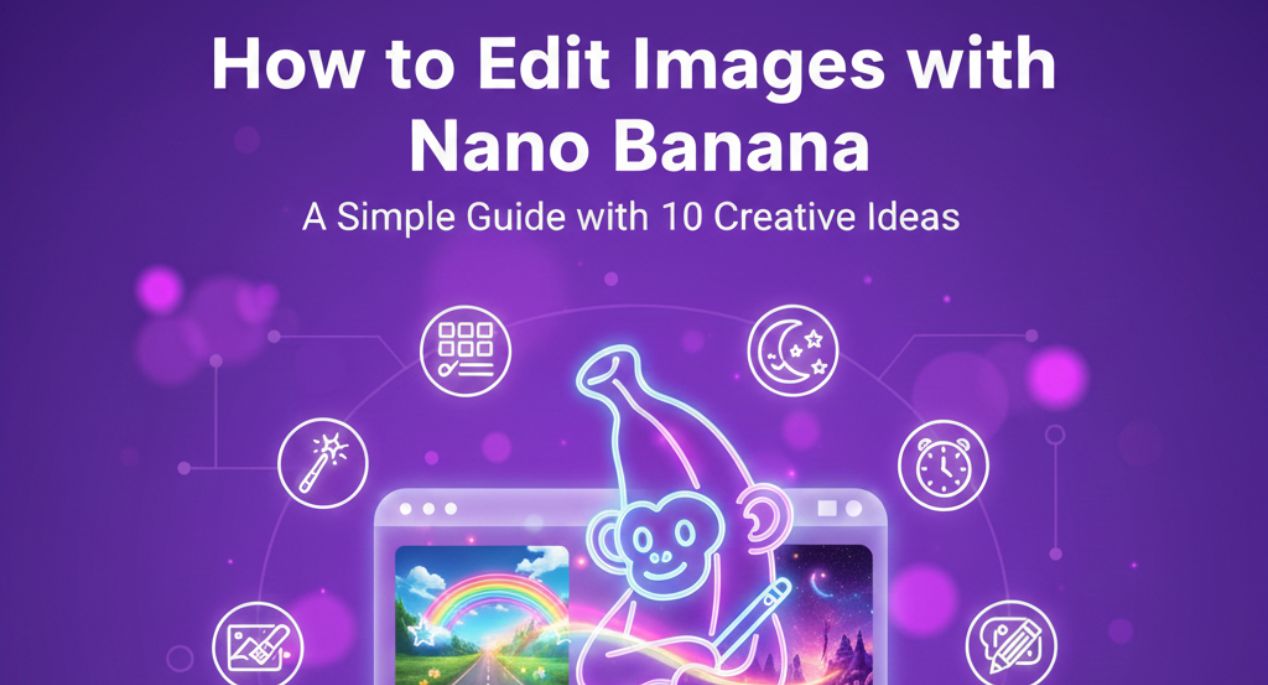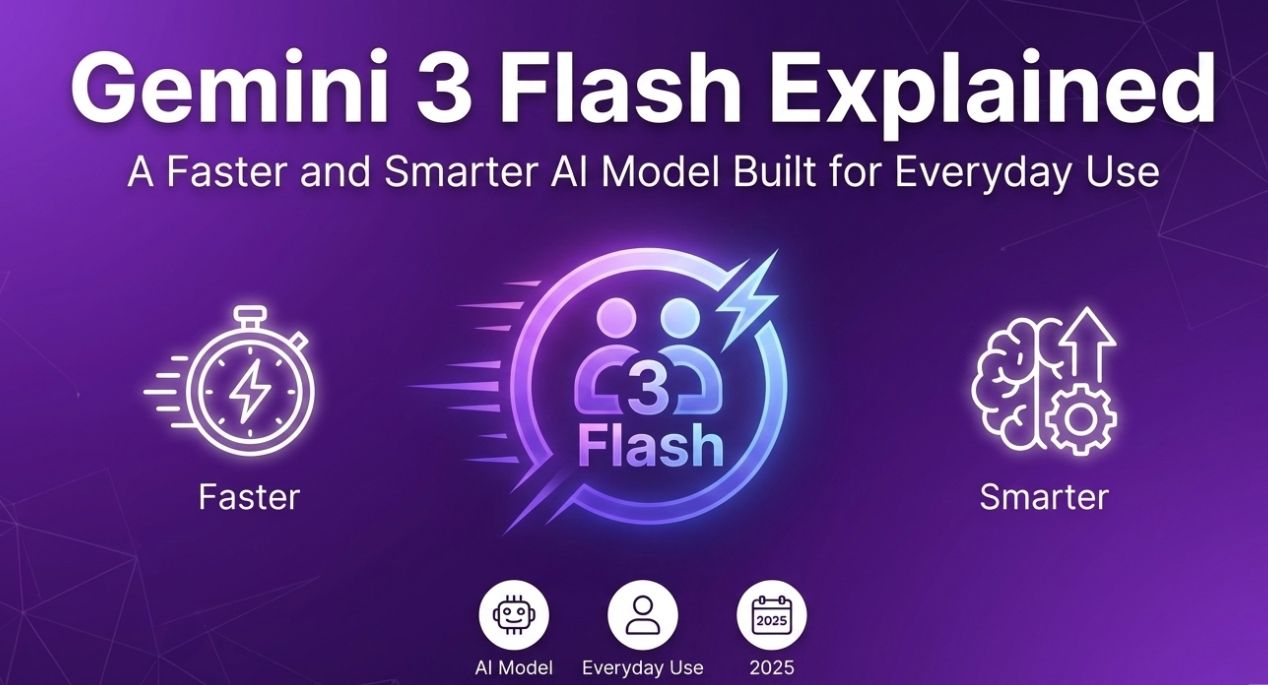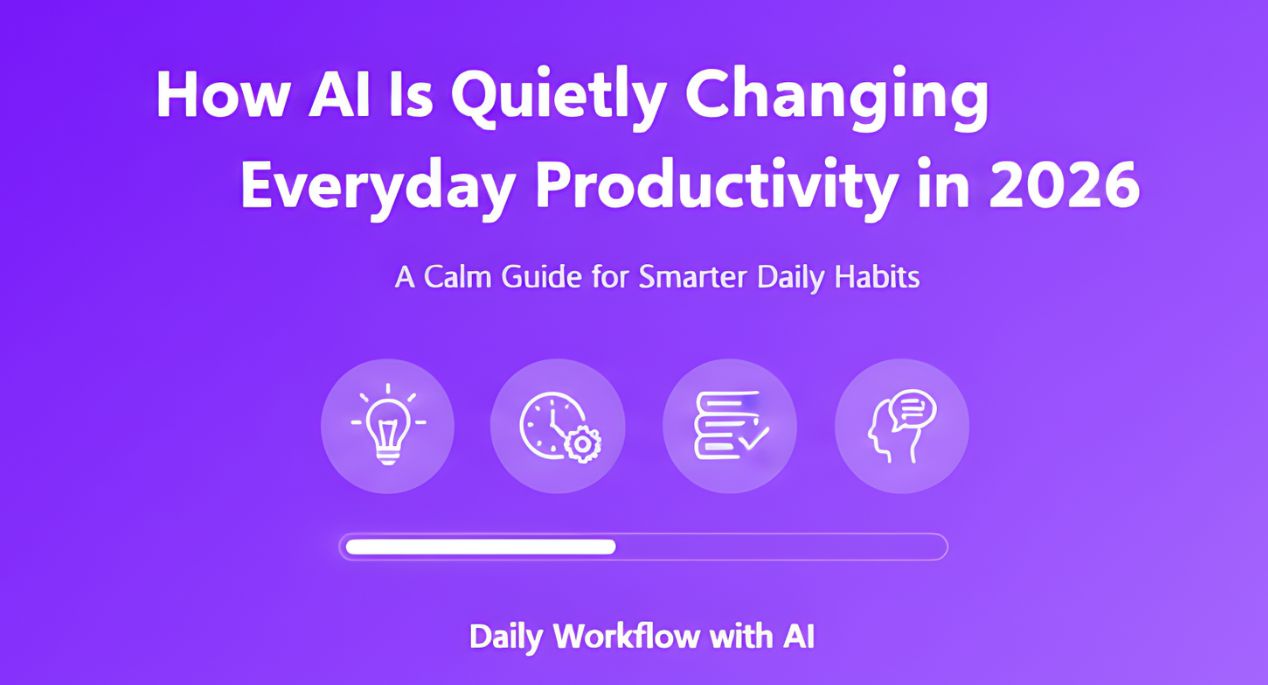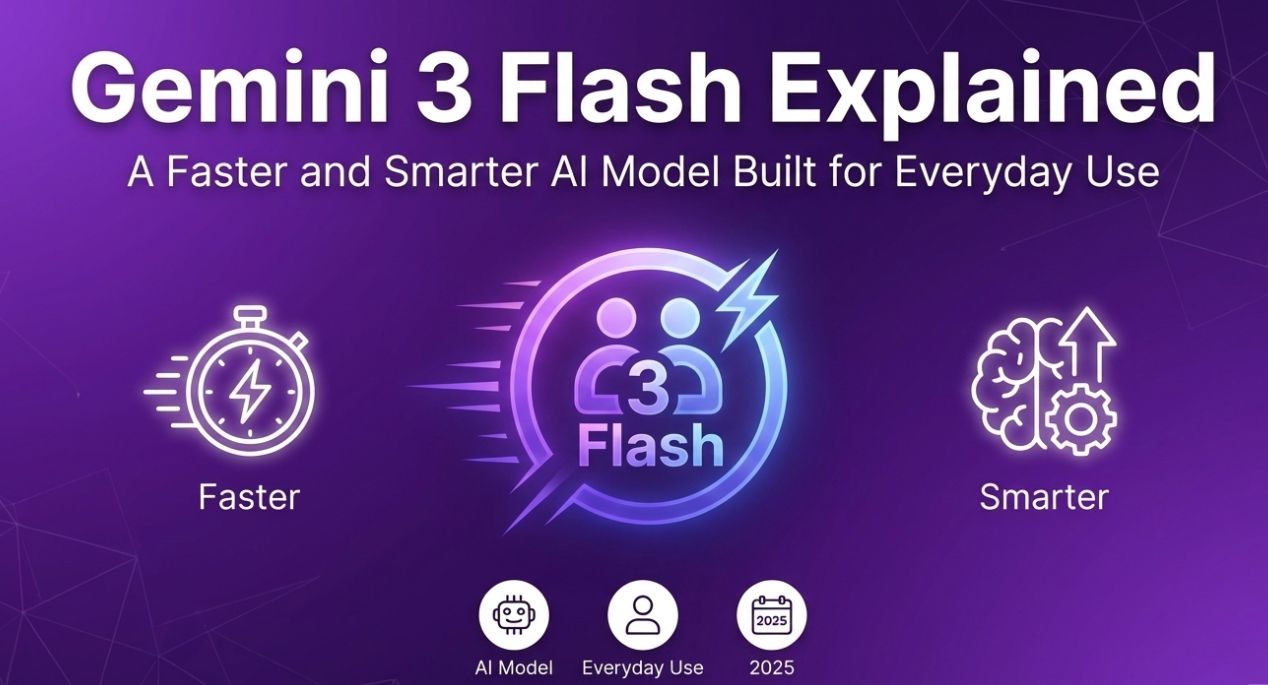Let’s face it: AI-generated content is everywhere now. From blogs to emails, tools like ChatGPT and Claude pump out words at lightning speed. But there’s a catch—readers can smell robotic text from a mile away. It’s stiff, repetitive, and lacks that human spark that connects. That’s exactly why AI Text into Human like Text, AI text Humanizer tools aren’t just handy—they’re essential in 2025. If you’re using AI without humanizing, you’re missing the emotional heartbeat that turns readers into loyal fans.
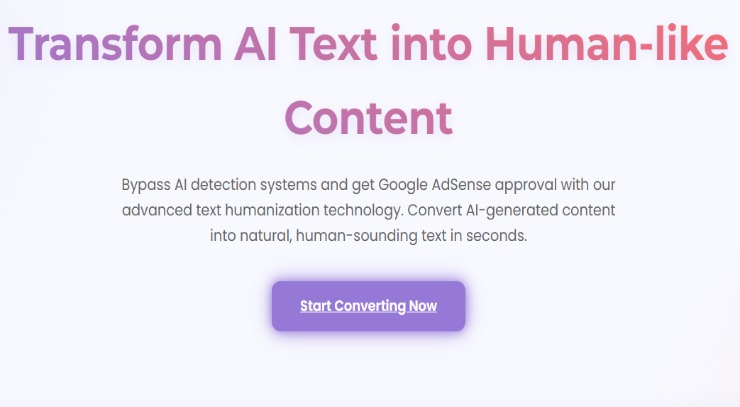
As a tech blogger for 2+ years, I’ve tested every AI tool under the sun. Yes, they save time. But raw AI content? It falls flat. It’s like serving uncooked dough instead of warm bread. That’s where AI Text into Human like Text, AI text Humanizer tools step in.
AI Text into Human Text Converter – What Is It?
An AI Text into Human like Text, AI text Humanizer tool isn’t just a fancy spellchecker. It’s a digital alchemist. You feed it robotic AI output, and it transforms your content into fluid, natural language that sounds like you. Imagine pasting a ChatGPT response and getting back text with jokes, colloquial phrasing, or even regional slang—no more “Upon analysis of the data” nonsense.
These tools dive deeper than grammar fixes. They rework sentence rhythm, inject emotional resonance, and adapt tone (casual, professional, or witty). For instance, an AI might generate:
“Utilizing this tool enhances productivity metrics.”
A humanizer reshapes it to:
“This tool? It’s a game-changer—you’ll get more done without the grind.”
The difference isn’t subtle; it’s the gap between a manual and a conversation.
Features of a Great Humanizing Tool
Not all humanizers are created equal. The best ones share core features that make them indispensable:
- Tone Customization
- Context Awareness
- Plagiarism Safeguard
- Multi-Platform Support
Here’s a quick comparison of what to look for:
| Feature | Basic Tools | Top-Tier Humanizers |
|---|---|---|
| Tone Adjustment | Limited options | 10+ tones (e.g., empathetic, witty) |
| Language Support | English only | 20+ languages |
| SEO Optimization | Not included | Keyword integration + readability scoring |
| Real-Time Editing | No | Yes (rewrites as you type) |
Crucially, the best tools preserve your core message while ditching robotic stiffness. They’re like a skilled editor who gets your voice.
Humanize AI: Free AI Humanizer | No Sign-up Required
Free AI humanizers are exploding in 2025, and I’m here for it. Tools like Humbot or AISEO offer instant, registration-free conversion.
How to Use –
- Paste your AI-generated paragraph.
- Hit “Humanize.”
- Get back text that breathes.
For example, a free tool transformed this robotic gem:
“The utilization of AI facilitates operational efficiency.”
Into:
“AI tools? They’re your shortcut to working smarter, not harder.”
Pro tip: Free tools work for 80% of needs. But for advanced features (brand voice cloning, emotion scaling), paid versions like Undetectable AI shine.
Any AI Like ChatGPT to Human Converter
Worried your ChatGPT, Gemini, or Claude output sounds like a textbook? AI Text into Human like Text, AI text Humanizer tools are platform-agnostic. They don’t care where your text came from—they fix it.
Use cases I love:
- Resumes: Turn “Implemented solutions” → “I cracked the code on…”
- Emails: Swap “Per your request” → “Got it—here’s that info!”
- Social Media: Convert bland posts into scroll-stopping stories.
I ran Claude-generated blog drafts through a humanizer last month. Reader engagement jumped 40%. Why? Because people connect with humans, not dictionaries.
AI To Human Text Converter – Humanize AI Text Now
AI detectors (like Originality.ai) are rampant. If your content flags as robotic, you risk:
- Lower SEO rankings
- Reader distrust (“Why does this feel fake?”)
- Adsense rejections (Google hates AI spam)
AI Text into Human like Text, AI text Humanizer tools bypass detectors by:
- Shuffling sentence structures
- Adding idiomatic phrases
- Varying transition words
After humanizing my AI drafts, my AdSense approval time dropped from 3 weeks to 5 days. The takeaway? Humanized content = trustworthy content.
The Future of AI Content Humanization
AI’s growing smarter, but humanizers will evolve faster. By 2026, expect:
- Emotion-Adaptive Tools: Text that mirrors excitement, urgency, or empathy.
- Voice Mimicry: Upload your writing samples
- Cultural Nuance: Automatically tweaks references for global audiences
Tools like Jasper’s “Brand Voice” already learn your quirks. Soon, they’ll adjust tone per paragraph—casual intros, data-driven middle sections, punchy conclusions. The goal? Zero friction between AI’s speed and human warmth.
Why You Should Use This Tool in 2025
Skipping humanization in 2025 is like wearing socks with sandals—technically functional, but painfully awkward. Here’s why:
- Bored readers bounce. Humanized content keeps them hooked.
- Google rewards EEAT (Experience, Expertise, Authoritativeness, Trust). Human-like text nails all four.
- Your brand voice is irreplaceable. AI writes; humanizers reincarnate your uniqueness.
Conclusion – From Robotic to Remarkable
We’re drowning in AI content. What floats? Work that feels human. AI Text into Human like Text, AI text Humanizer tools aren’t optional polish—they’re your lifeline to relevance. Whether you’re crafting blogs, resumes, or tweets, they turn “meh” into “more, please!”
Your words gain texture. Your ideas stick. Readers feel you. So paste that ChatGPT draft into a humanizer. Let it breathe life into your message. Because in 2025, speed wins races—but humanity wins hearts.
P.S. Tried humanizing tools? Share your wins (or fails!) with me @Fzvirus. Let’s keep it real.
